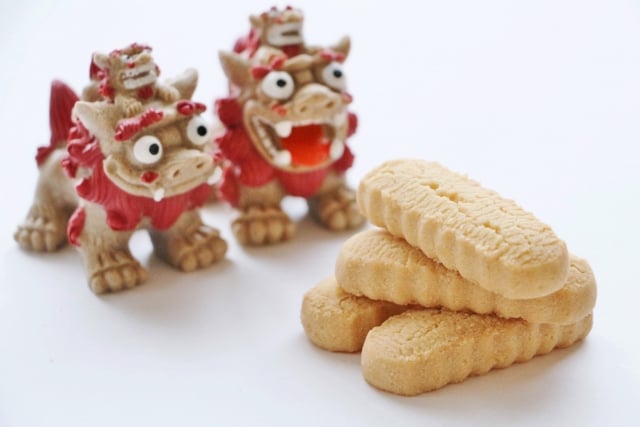Okinawa has one of the most unique food cultures in Japan, and many people look forward to the meals and sweets they eat when they travel there.
In this article, I, as a resident of Okinawa Prefecture, will introduce the top 3 famous sweets of Okinawa.
Okinawa has many traditional sweets, some of which can be traced back to the Ryukyu Dynasty (1429-1879), and some of which are eaten during lunar calendar events as a time-honored custom.
Please take a look at the origin, ingredients, and flavor characteristics of each of these unique Okinawan sweets!
1. Chinsuko|Okinawa's most popular souvenir
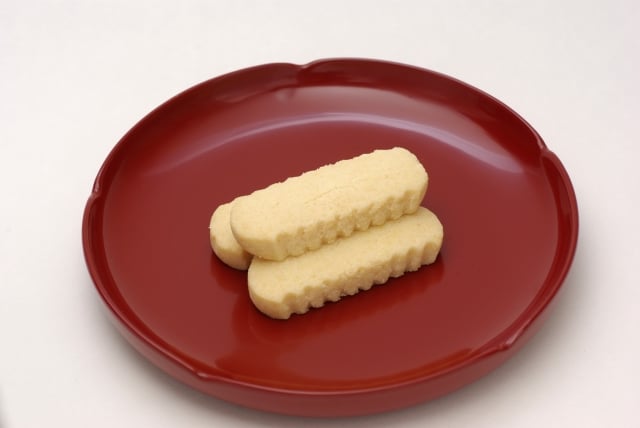
Chinsuko is one of the most typical Okinawan sweets and souvenirs.
When talking about Okinawan sweets, “Chinsuko” is probably the first thing that comes to mind.
So famous is Chinsuko that it has a shelf life of several months, making it a staple Okinawan souvenir.
It is said that chinsuko was born in the late Ryukyu Dynasty. At that time, it was made as a snack for royalty and aristocrats to eat only on festive occasions. In the old days, chinsuko was a high-class confectionery.
It is made from only three ingredients: flour, sugar, and lard. It is a very simple confectionery.
The use of lard as an ingredient gives a sense that this confectionery is unique to Okinawa.
In Okinawa, there are so many variations of pork dishes that it is a common saying; "eat everything but the squeal of the pig.”
The texture of chinsuko is light and crispy, and its sweetness is moderate.
In the Ryukyu Dynasty era, chinsuko was a large chrysanthemum-shaped round and would fall apart when eaten. Today, they are made using cookie cutters so that they do not fall apart when eaten, and the elongated shape has become more common.
Today, there are so many different flavors to choose from.
There are many flavors of Okinawan ingredients such as snow salt, brown sugar, pineapple, red sweet potato, and shikwasa!
2. Sata andagi|Freshly fried goodness
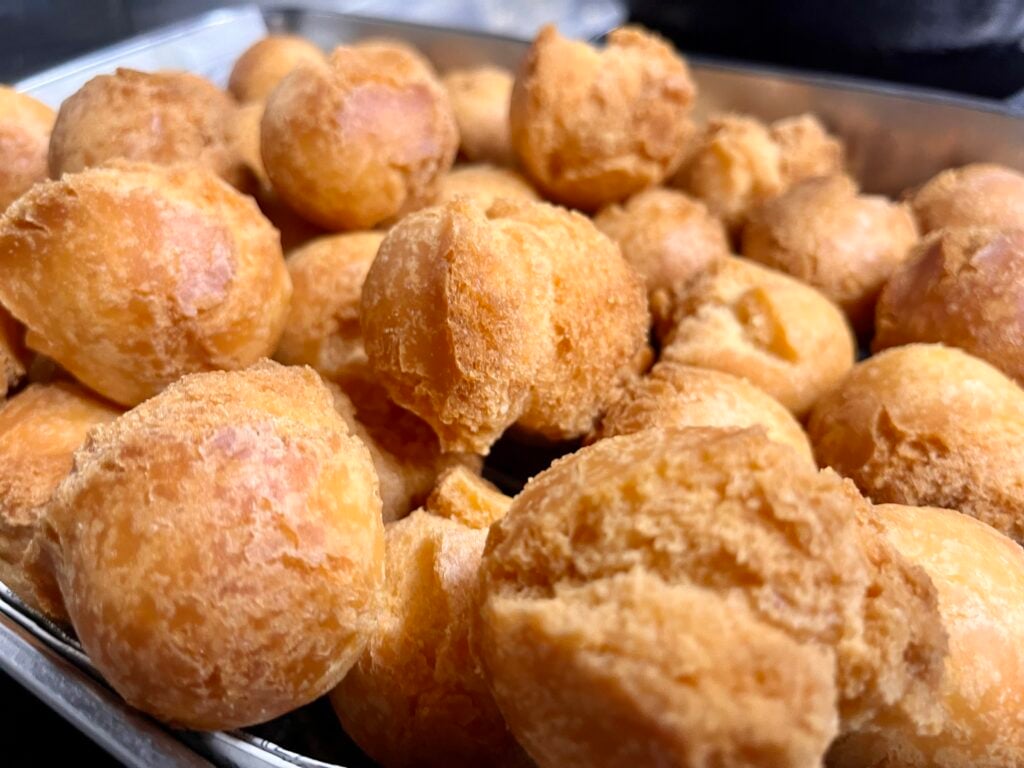
Sata andagi is one of the most famous Okinawan sweets.
Its gentle sweetness is very popular among children, and it is a must-eat snack when visiting Okinawa.
The birth of sata andagi dates back to the Ryukyu Dynasty period. It is said that it was first made by cooks of that era using cooking techniques they had learned in China. During the Ryukyu Dynasty, sugar was a precious commodity and was considered a high-class confectionery.
The ingredients are only flour, sugar, and eggs, and they are slowly fried in oil. Since there is no water in the ingredients, the snack is satisfying enough to make you feel quite full.
Since the cracks in the fried pastry look like a blooming smile, it has been popular as a good luck pastry for a long time.
Sata andagi is now available in many flavors.
There are brown sugar, red sweet potato, pumpkin, chocolate, sesame, and many other Okinawan flavors.
Each store has its own unique flavor, so it is fun to find your favorite sata andagi store!
3. Muchi|Sweet shell ginger aroma
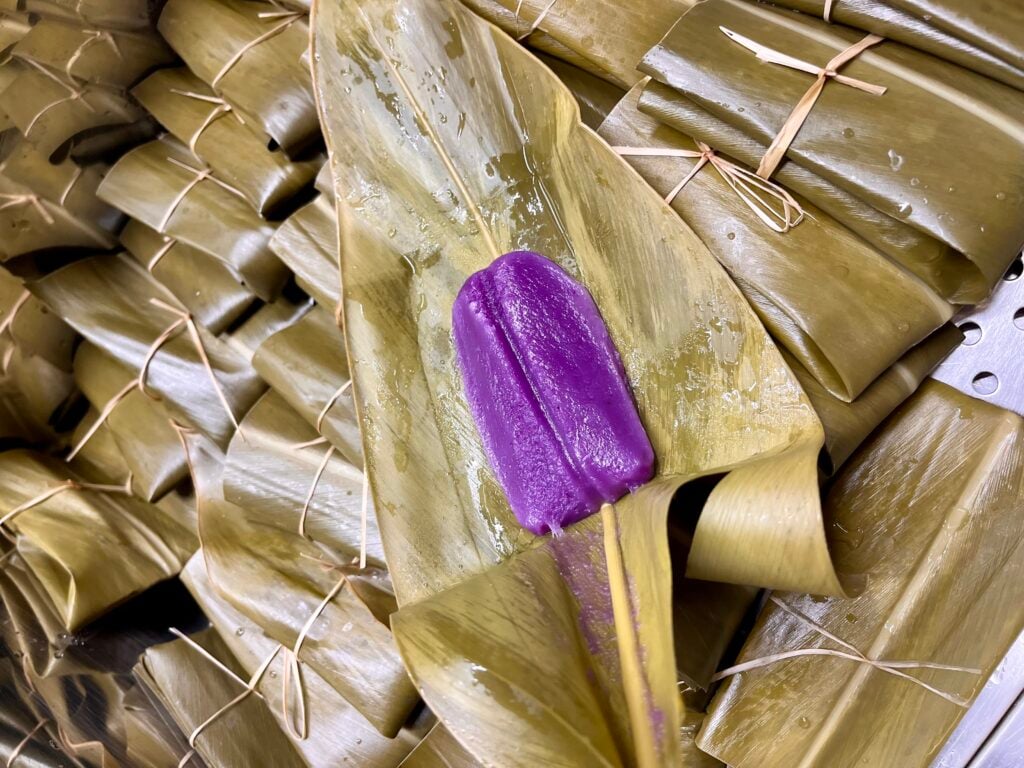
Muchi is a steamed rice cake wrapped in shell ginger leaves.
Compared to the aforementioned chinsuko and sata andagi, muchi is not as well known among people outside Okinawa, but it is one of the local people's favorite sweets because it is healthy, tasty, and can be made at home.
Muchi is the Okinawan word for mochi.
The shell ginger leaf used to wrap the mochi is a perennial herb of the ginger family that grows wild in Okinawa. It is said to have strong anti-inflammatory and antibacterial properties and has a spicy, fresh, sweet aroma.
In Okinawa, December 8 of the lunar calendar is Muchi Day, and there is a custom of eating muchi every year.
It is a wish for good luck, good health, and the healthy growth of children. The unique and strong aroma of the shell ginger is believed to have the power to ward off evil spirits and to have healing properties.
Since the rice cakes are wrapped in shell ginger leaves and steamed, the aroma of leaves is softly transferred to the rice cakes. When made at home, the whole house is filled with the scent of shell ginger.
White rice cake is the standard filling, but there are also rice cakes with flavors such as brown sugar, red sweet potato, and yomogi (mugwort). Because of the strong scent of shell ginger, there is only a vague difference in taste, but you can enjoy muchi in a variety of colors.
On Muchi Day, supermarkets are filled with muchi, but you can buy muchi at souvenir stores and specialty stores all year round!
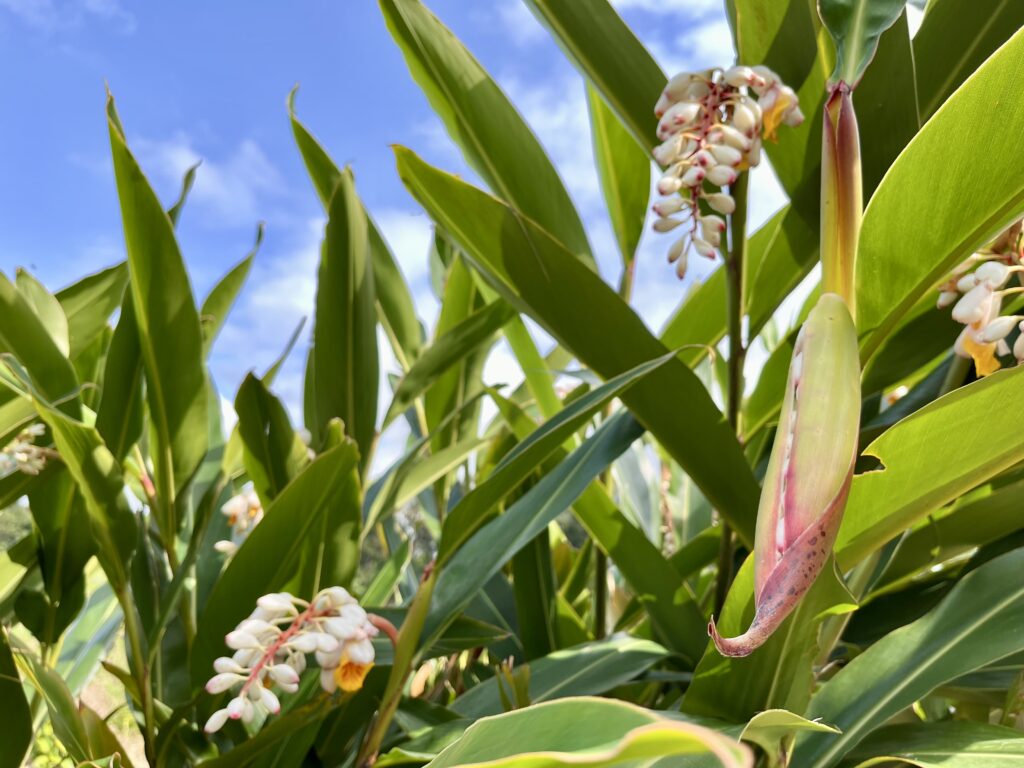
By the way, this is what the shell ginger plant looks like. It is very beautiful and pretty, isn't it?
Let's enjoy famous Okinawan sweets!
As you can see, the top 3 famous Okinawan sweets "Chinsuko”, “Saata Andagui”, and “Moochie” have their own long history and are unique to Okinawa.
You will enjoy the sweets in a different way if you eat them while thinking of Okinawa's wonderful historical background.
Please take this opportunity to try the sweets you are interested in!
And when you take them home as souvenirs, please try to talk about the historical episodes of each sweet.

